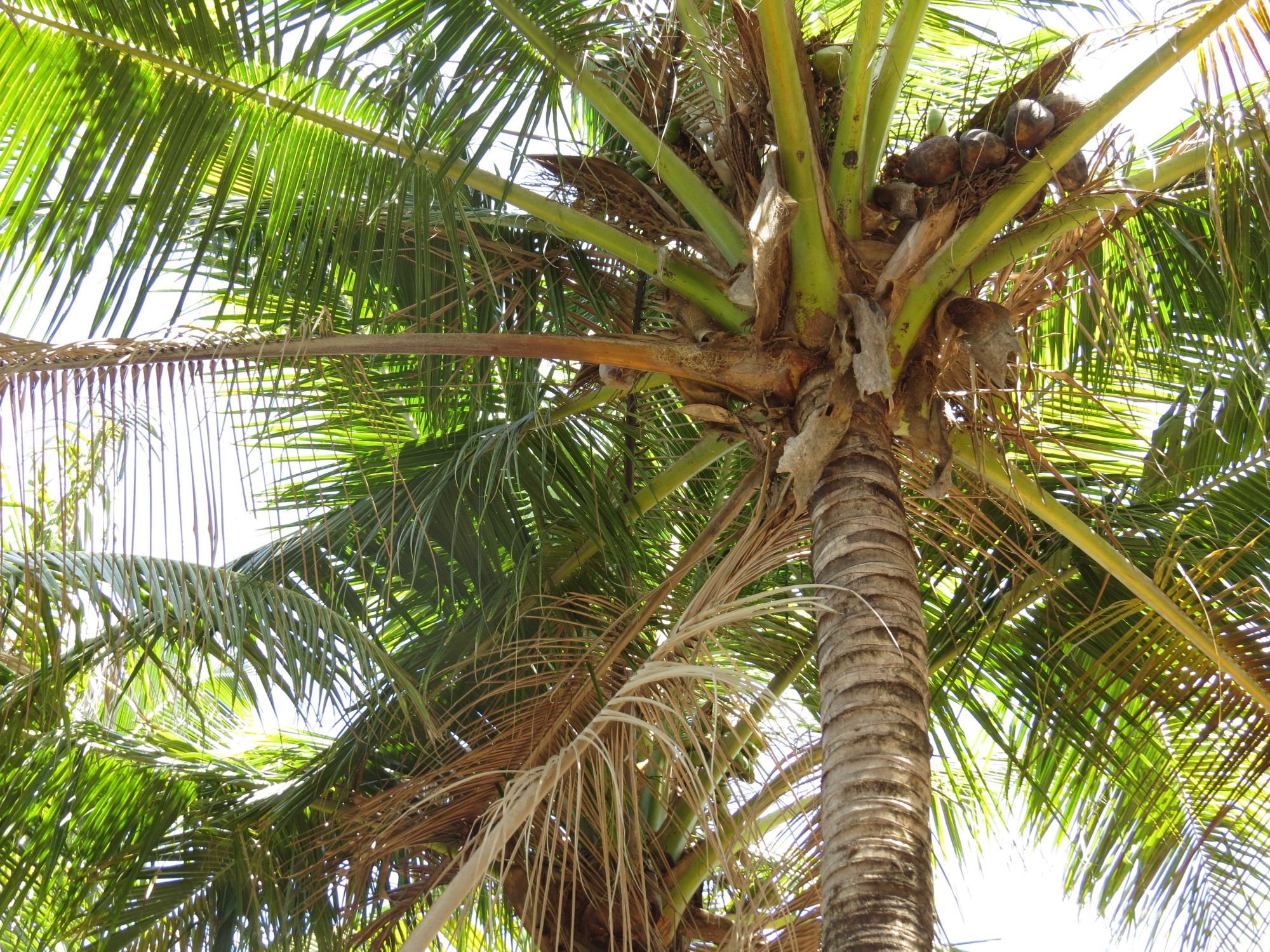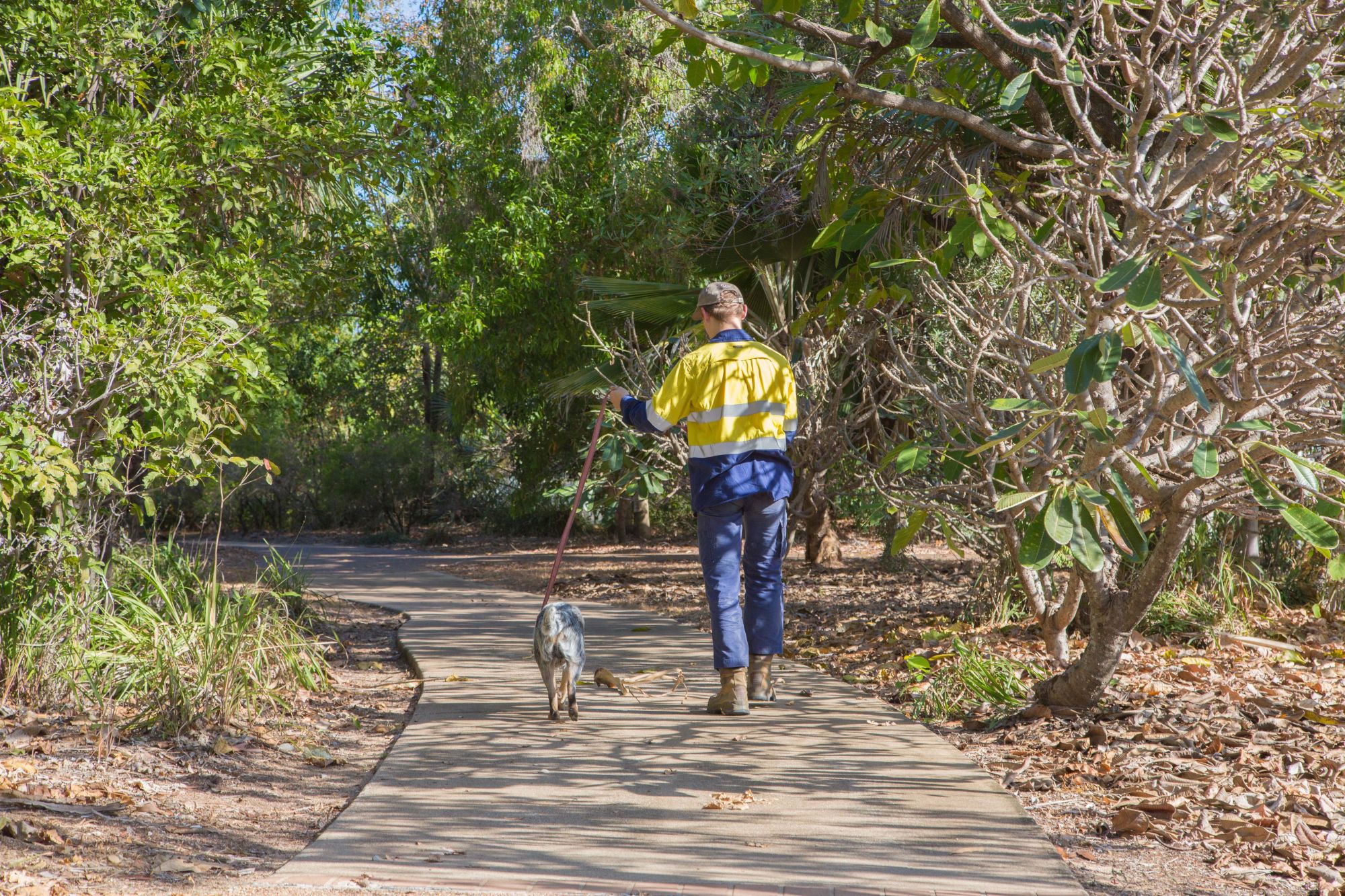More pages in this section
Page last updated on 28-08-2025.
Environmental Park
Comprising over 8 hectares of native vegetation, the Port of Townsville Environmental Park provides an excellent recreational and educational area for members of the public to use, as well as a rich and natural habitat for many animals, birds, and insects.
 Over 1.5 kilometres of pathways wind throughout the Park. Quiet areas of seating installed along the paths allow you the opportunity to stop and enjoy the peaceful surrounds.
Over 1.5 kilometres of pathways wind throughout the Park. Quiet areas of seating installed along the paths allow you the opportunity to stop and enjoy the peaceful surrounds.
The Port of Townsville Environmental Park was established to provide a buffer between the Port’s activities and nearby residential areas. The initial concept also required that the area provide a high quality natural spot for use by the local community and include a natural habitat for native plant and animal life. The concept was launched in November 2000 and the original plans included suggestions made by the community. Construction commenced in October 2002.
After the Port's initial capital investment of just over $1.2 million, additional upgrades to the park are ongoing.
Fauna
 The park is home to a variety of birds, including honey eaters, bee eaters, finches, curlews, treecreepers, cockatoos and bowerbirds, as well as a wide array of butterflies, ants and beetles.
The park is home to a variety of birds, including honey eaters, bee eaters, finches, curlews, treecreepers, cockatoos and bowerbirds, as well as a wide array of butterflies, ants and beetles.
The park’s most notable resident bowerbird was already at home in the area prior to development. Special care was taken to preserve his bower which is still in the park today. Bowerbirds are known for the somewhat quirky behaviour of males who build elaborate bowers to attract a mate. Bowerbirds can make a highly decorated structure of sticks and leaves and other brightly coloured objects collected from nearby.
Flora
Some of the species in the park include:
 Melaleuca leucadendra, Weeping Paperbark or Weeping Tea-Tree - white trunk and sweet-smelling white or cream bottlebrush flowers;
Melaleuca leucadendra, Weeping Paperbark or Weeping Tea-Tree - white trunk and sweet-smelling white or cream bottlebrush flowers;- Acacia crassicarpa, Northern or Beach Wattle – hard wood with deep vertical furrows, bright yellow flowers in spikes and dull brown, oblong, woody pods;
- Banksia integrifolia var leiocarpum, Coast Banksia – thick and leathery foliage with pale yellow flower candles;
- Pleigynium timorense, Burdekin Plum - dark, shiny green leaves with bronze new growth and large and fleshy fruits, which are deep purple in colour when ripe;
- Leptospermum petersonii, Lemon-scented Tee Tree – narrow leaves and strongly lemon-scented with white flowers;
- Spinifex hirsutus, Sand or Hairy Spinifex (Grass) - leaves are covered in a thick layer of fine hairs which slow down air movement and assist the plant in reducing water loss from the leaves.
For Reconciliation Week 2024, plants with traditional uses were planted by our staff: Traditional Uses Flyer












